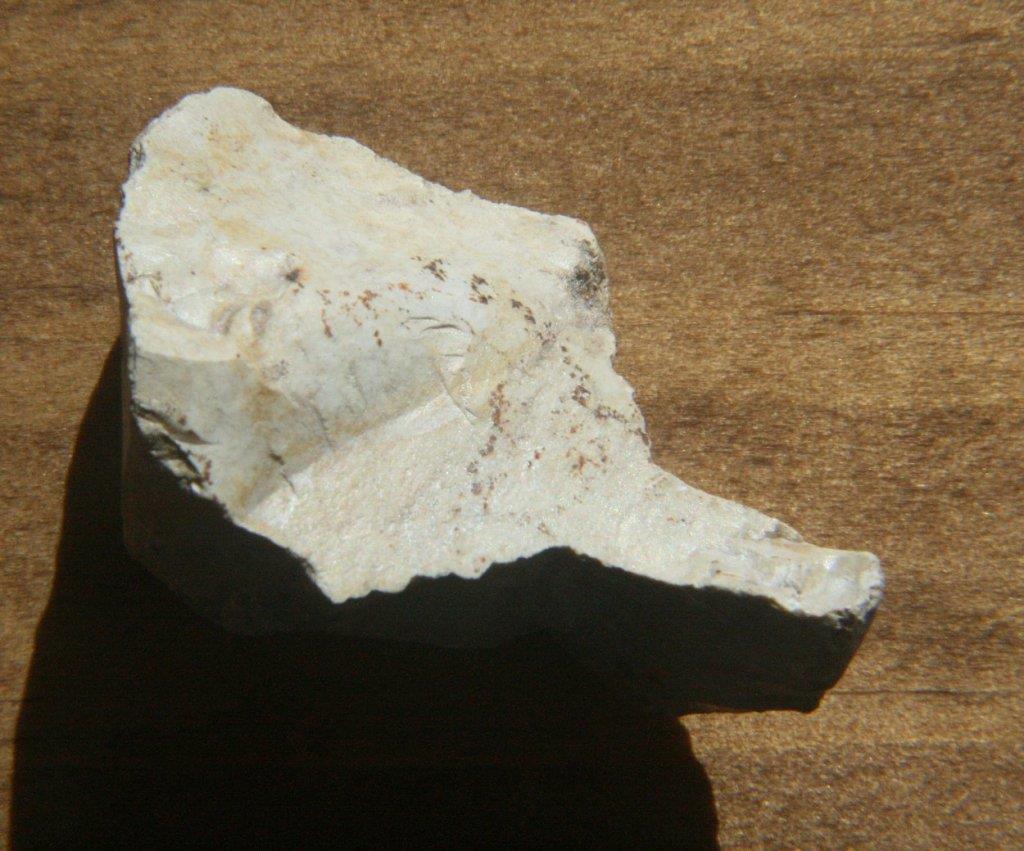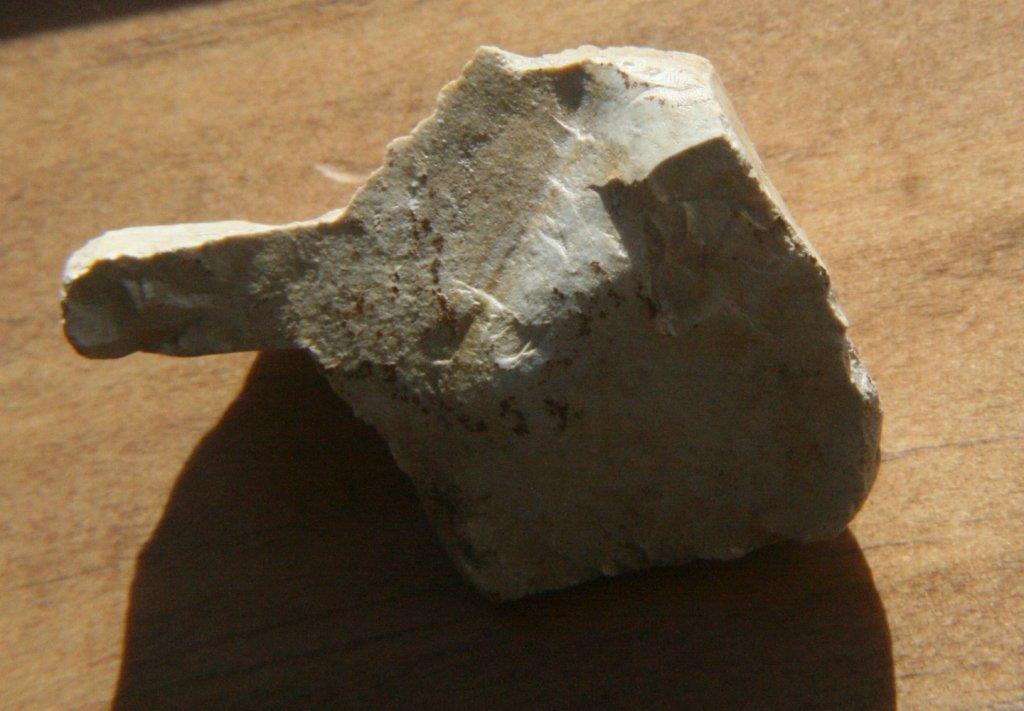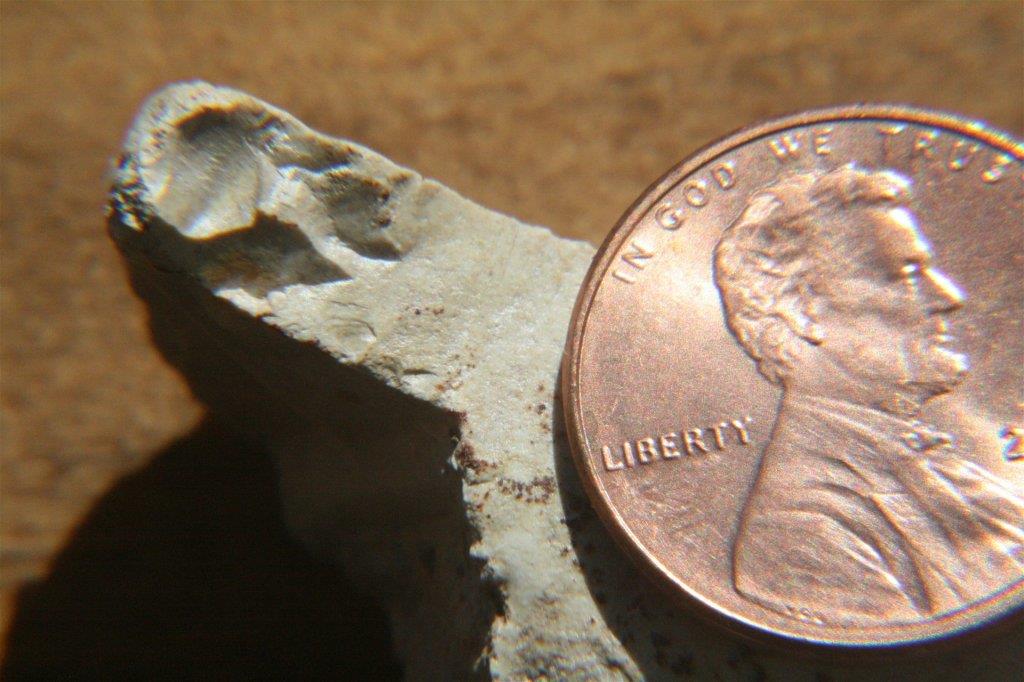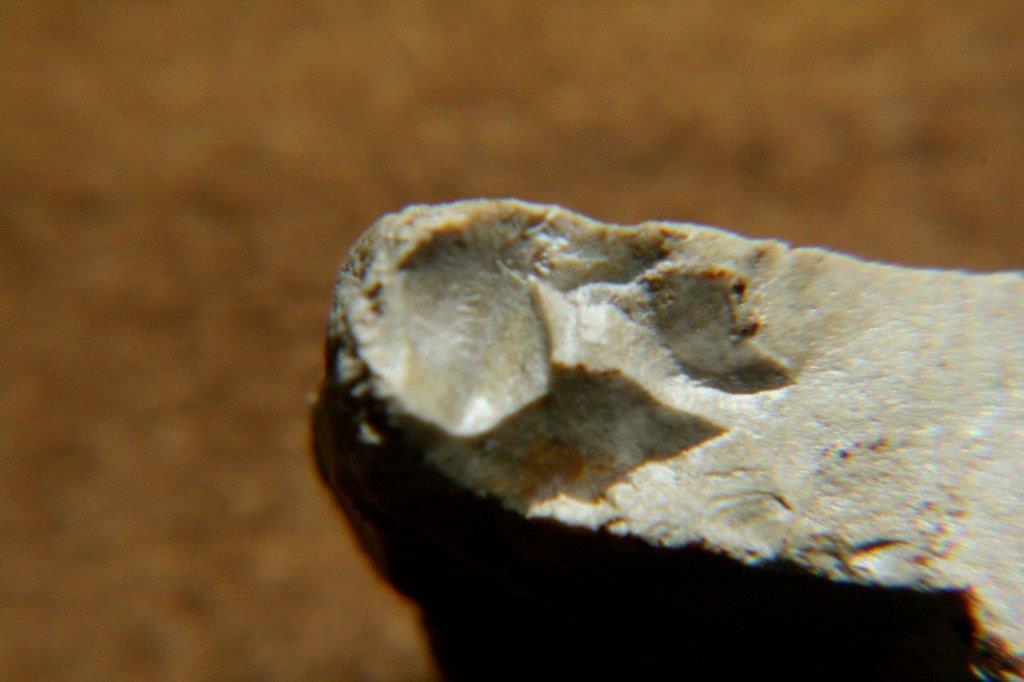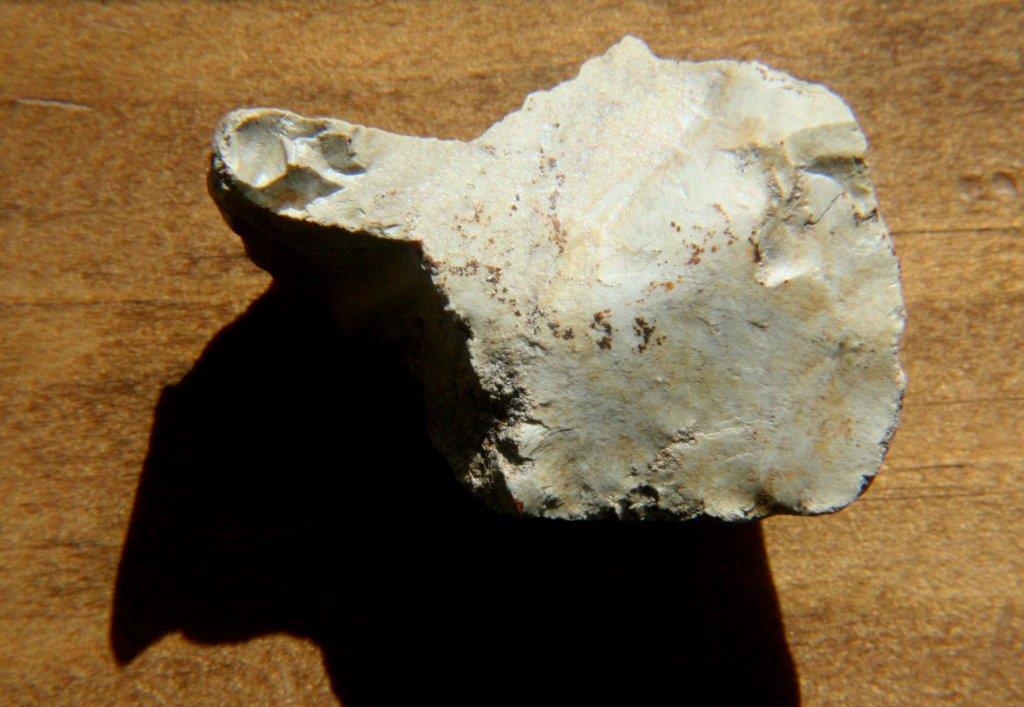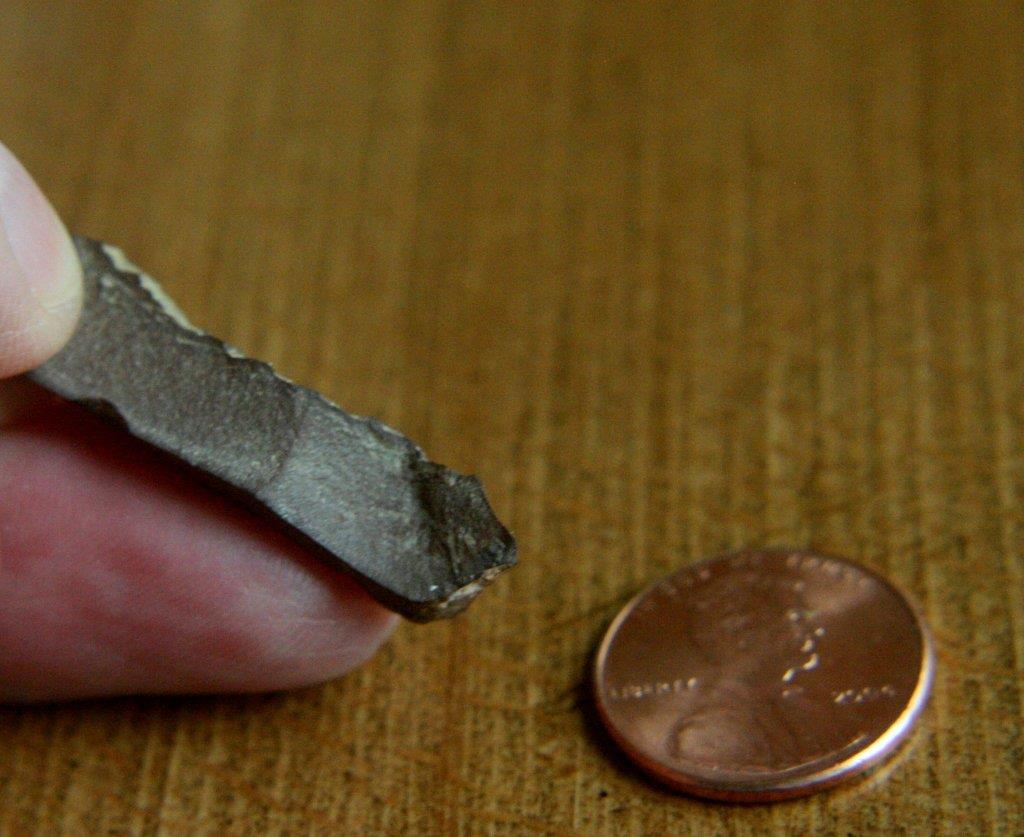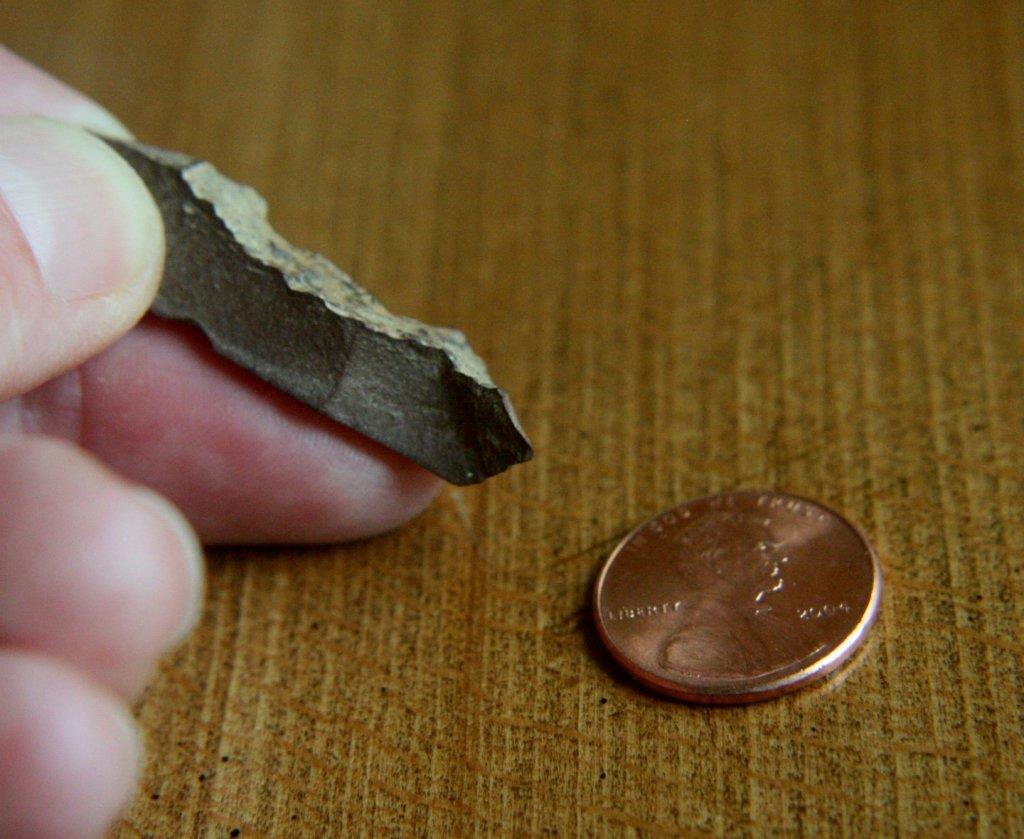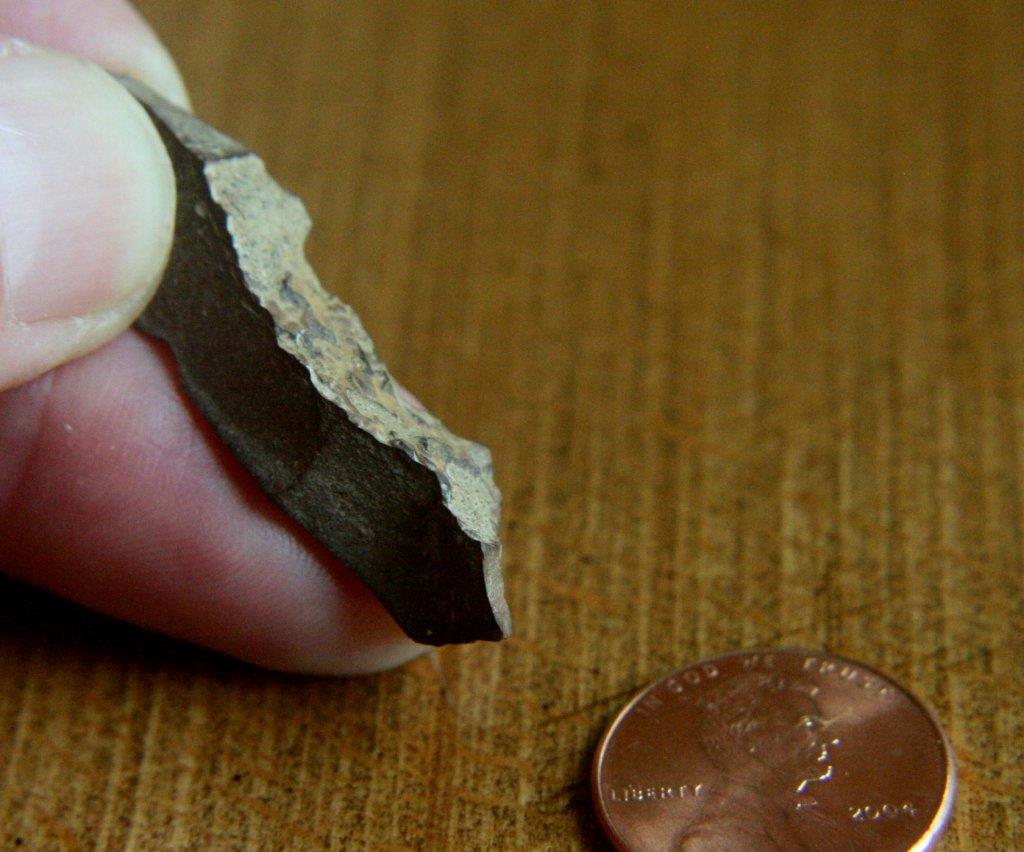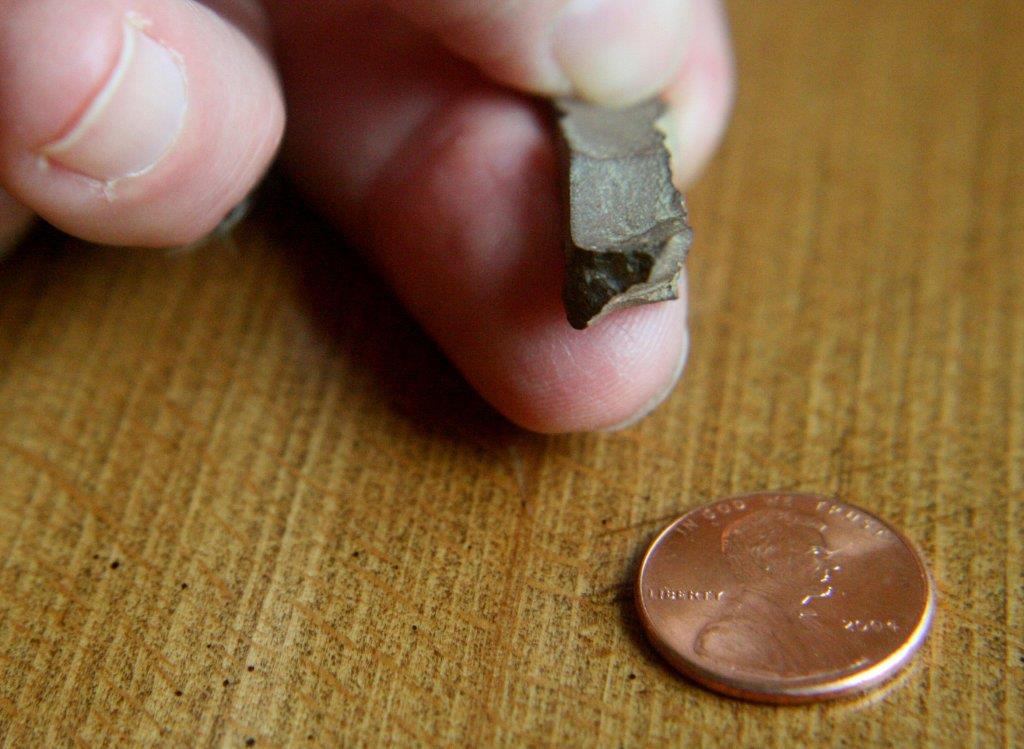- Joined
- Feb 5, 2015
- Messages
- 275
- Reaction score
- 236
Here is a most unusual small flint bow scraper, probably to notch out for the string on a bow. The artifact was carved to look like the head of a bird of prey.
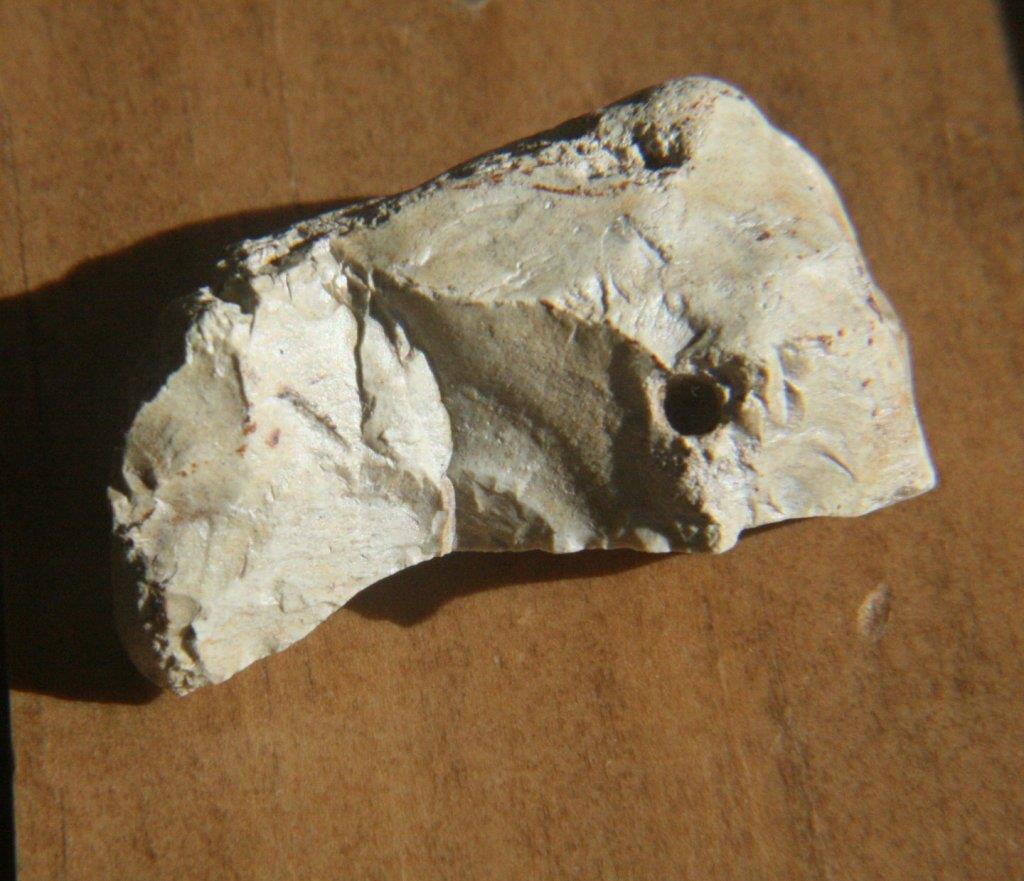
While one side is like that of a living bird, the opposite side resembles a skull (the beak uneven with holes).
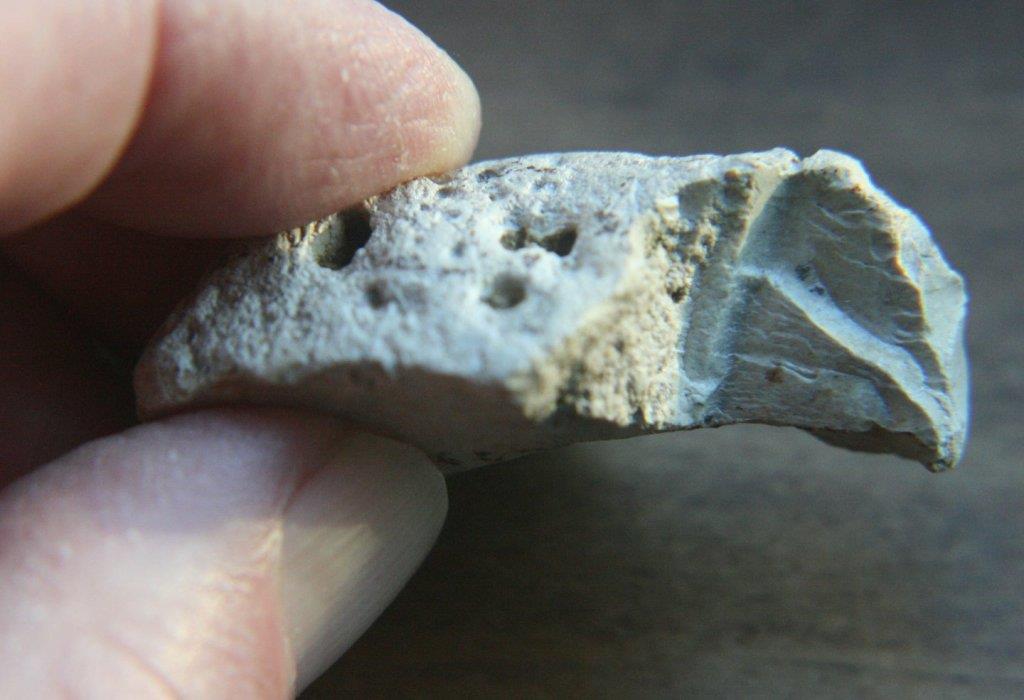
The living or front side has the cutting edge, the beak end like a chisel.
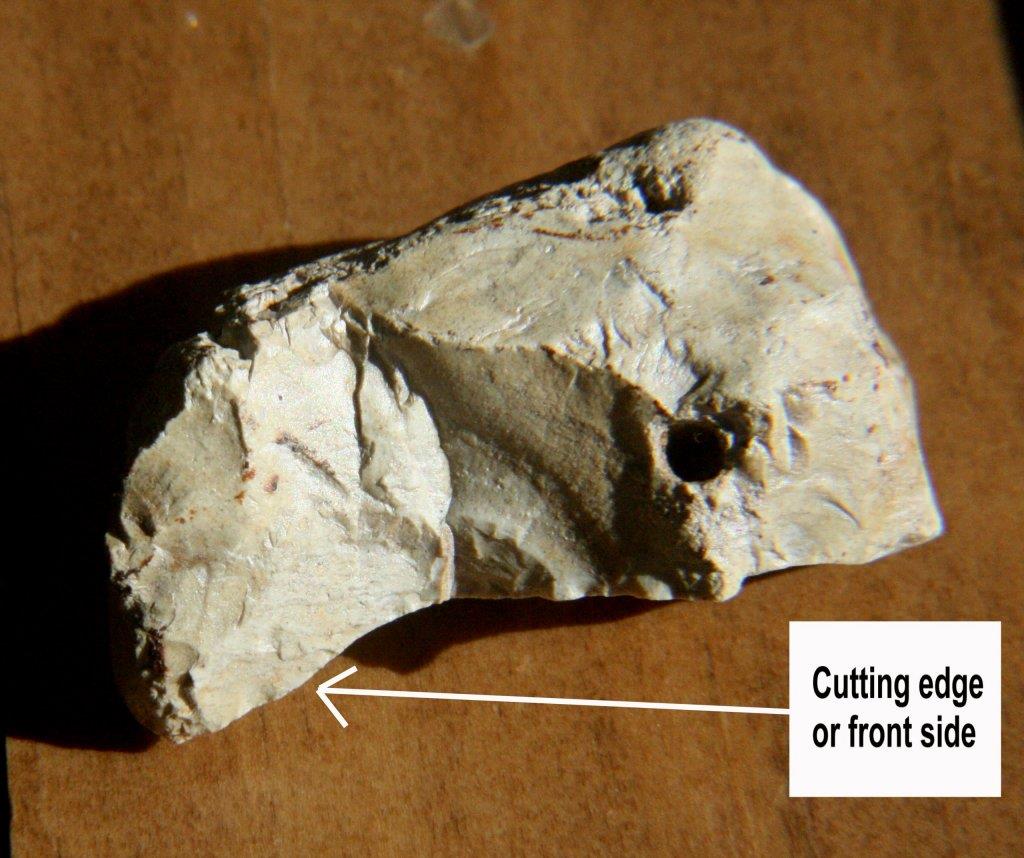

While one side is like that of a living bird, the opposite side resembles a skull (the beak uneven with holes).

The living or front side has the cutting edge, the beak end like a chisel.





